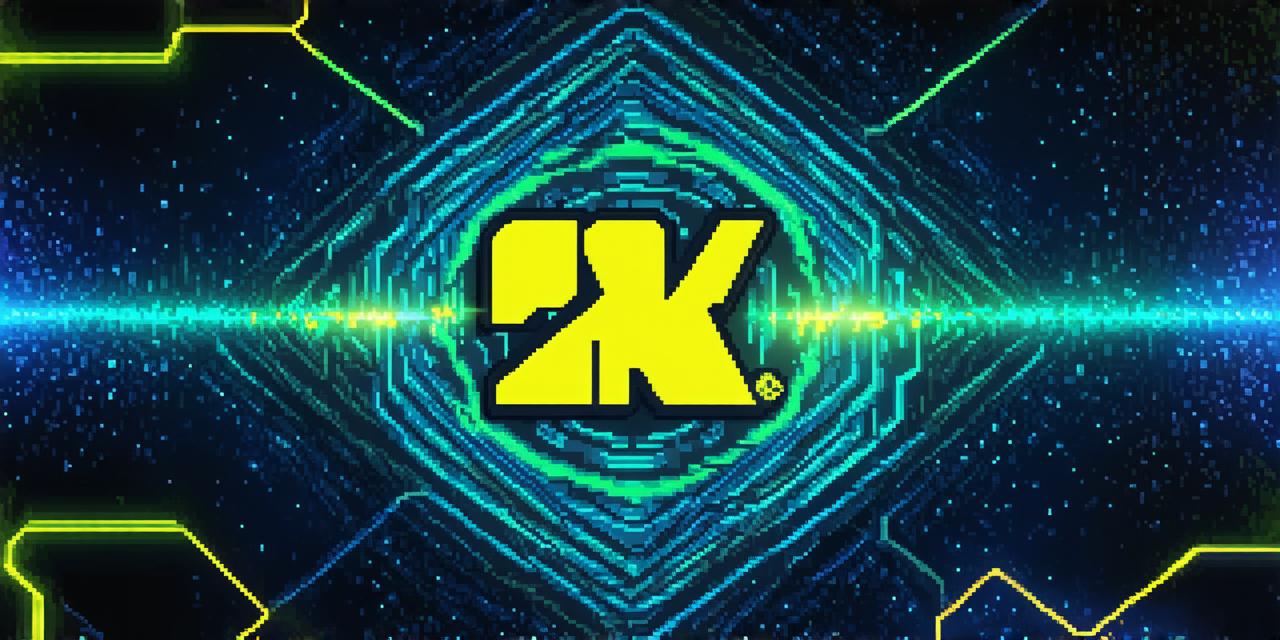1. Choose Your Niche

The first step in starting a game development blog is to choose a specific niche or area of focus. This could be anything from indie game development to video game analysis, or even gaming news and reviews. By focusing on a particular niche, you will be able to establish yourself as an authority in that area and attract a more targeted audience.
2. Identify Your Target Audience
Once you have chosen your niche, it’s time to identify who your target audience is. Are you writing for fellow gamers, game developers, or both? Knowing your target audience will help you tailor your content to their interests and needs, making it more likely that they will engage with your blog and share your posts with others.
3. Choose the Right Platform
There are many different platforms available for creating a game development blog, including WordPress, Blogger, Wix, and Squarespace. When choosing a platform, consider factors such as ease of use, customization options, and pricing plans. WordPress is a popular choice among gamers and developers due to its flexibility and extensive plugin library.
4. Optimize Your Content for Search Engines
Search engine optimization (SEO) is crucial for getting your game development blog noticed by potential readers. To optimize your content for search engines, use relevant keywords in your titles, headings, and body text. Research popular search terms related to your niche and incorporate them into your content in a natural and meaningful way. You can also use internal linking to direct readers to other relevant content on your blog, which can improve your website’s ranking in search results.
5. Create Compelling Content
The key to building a loyal following is to create compelling and engaging content that resonates with your audience. This could include game reviews, analysis, tutorials, or even personal stories about your own gaming experiences. Use visuals such as screenshots, videos, and infographics to break up text and make your content more shareable.
6. Engage With Your Audience
Building a successful blog requires engagement with your audience. Respond to comments on your posts, ask for feedback, and show appreciation for your readers. You can also use social media platforms such as Twitter and Reddit to connect with other gamers and developers and promote your content.
7. Build a Community Around Your Blog
Creating a community around your game development blog is an excellent way to grow your following and keep your readers engaged. Consider hosting events, running contests, or even creating your own game challenges that encourage participation and sharing. By building a sense of camaraderie among your readers, you will create a loyal and dedicated following that will help promote your content and attract new readers.
8. Monetize Your Blog
If you are serious about making a career out of your game development blog, you may want to consider monetizing it. This could include affiliate marketing, sponsored content, or even selling your own products or services related to gaming. Just be transparent with your audience about any monetary incentives and focus on providing valuable content first and foremost.
9. Measure Your Success
It’s important to measure your success as a game development blogger so that you can identify areas for improvement and make data-driven decisions. Use analytics tools such as Google Analytics to track your website traffic, engagement rates, and other metrics. You can also use surveys or polls to gather feedback from your audience and make improvements based on their suggestions.
10. Keep Learning and Growing
Finally, the key to success as a game development blogger is to keep learning and growing. Stay up-to-date with industry trends and developments in gaming technology, and continue to improve your writing and content creation skills. By constantly evolving and adapting to the changing landscape of the gaming community, you will be able to stay ahead of the curve and build a successful and sustainable blog.



